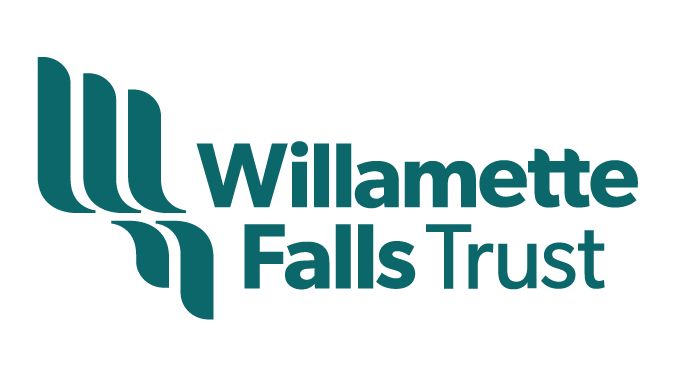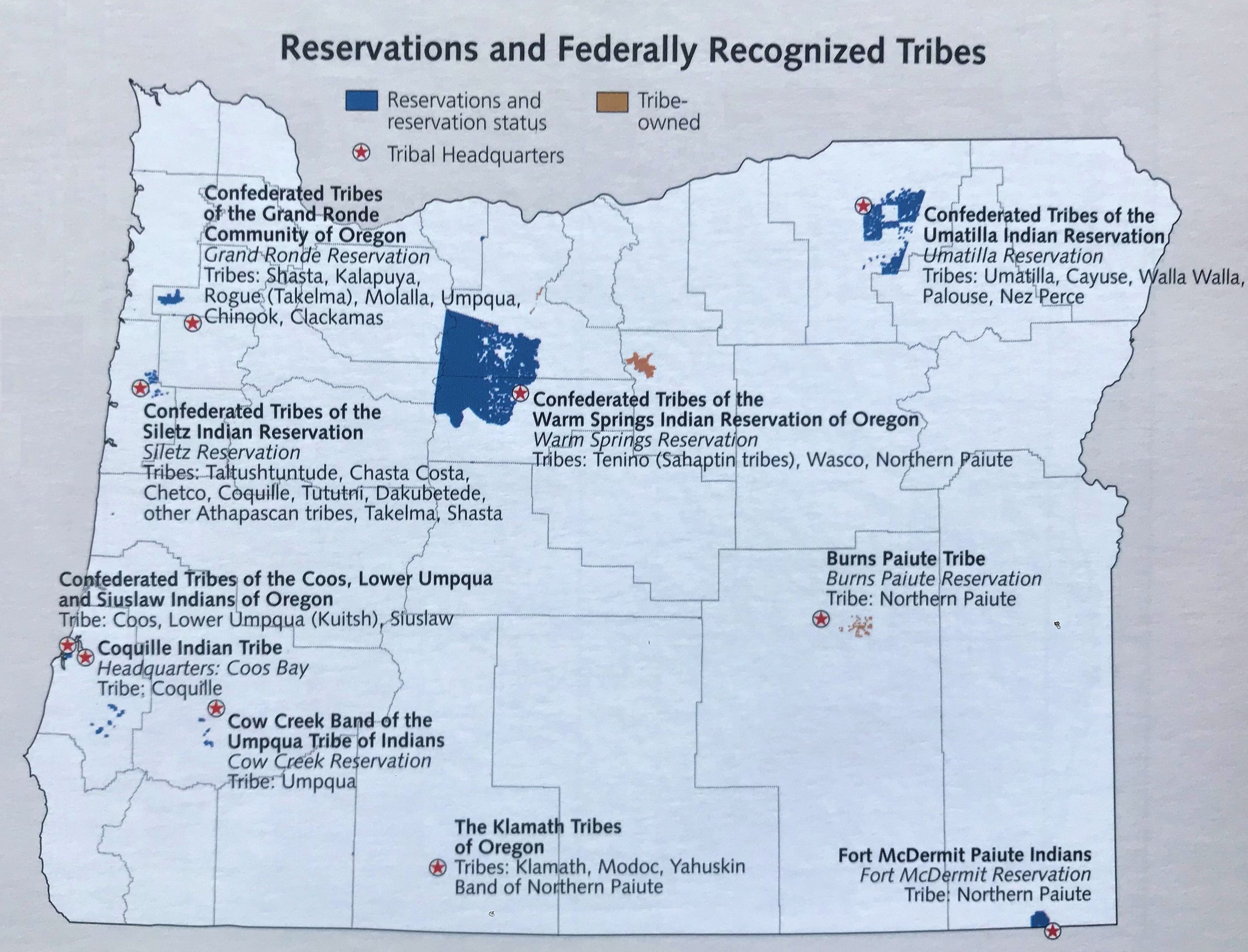Native American Heritage Month
In celebration of Native American Heritage Month, we will be sharing about the many diverse cultures, traditions, histories, and important contributions of Native people.
Indigenous peoples have long understood our inherent nationhood, and responsibility to carry our culture and traditions that make us who we are - long before the formation of the United States. Currently, there are 574 federally recognized tribes within the US and each tribe has its own culture and traditions. Federally recognized tribes in the US do not include state-recognized Tribes or Indigenous communities that have not been granted state or federal recognition.
Let's start off by learning about our local Tribes.
Atlas of Oregon (2nd ed.), 2001

